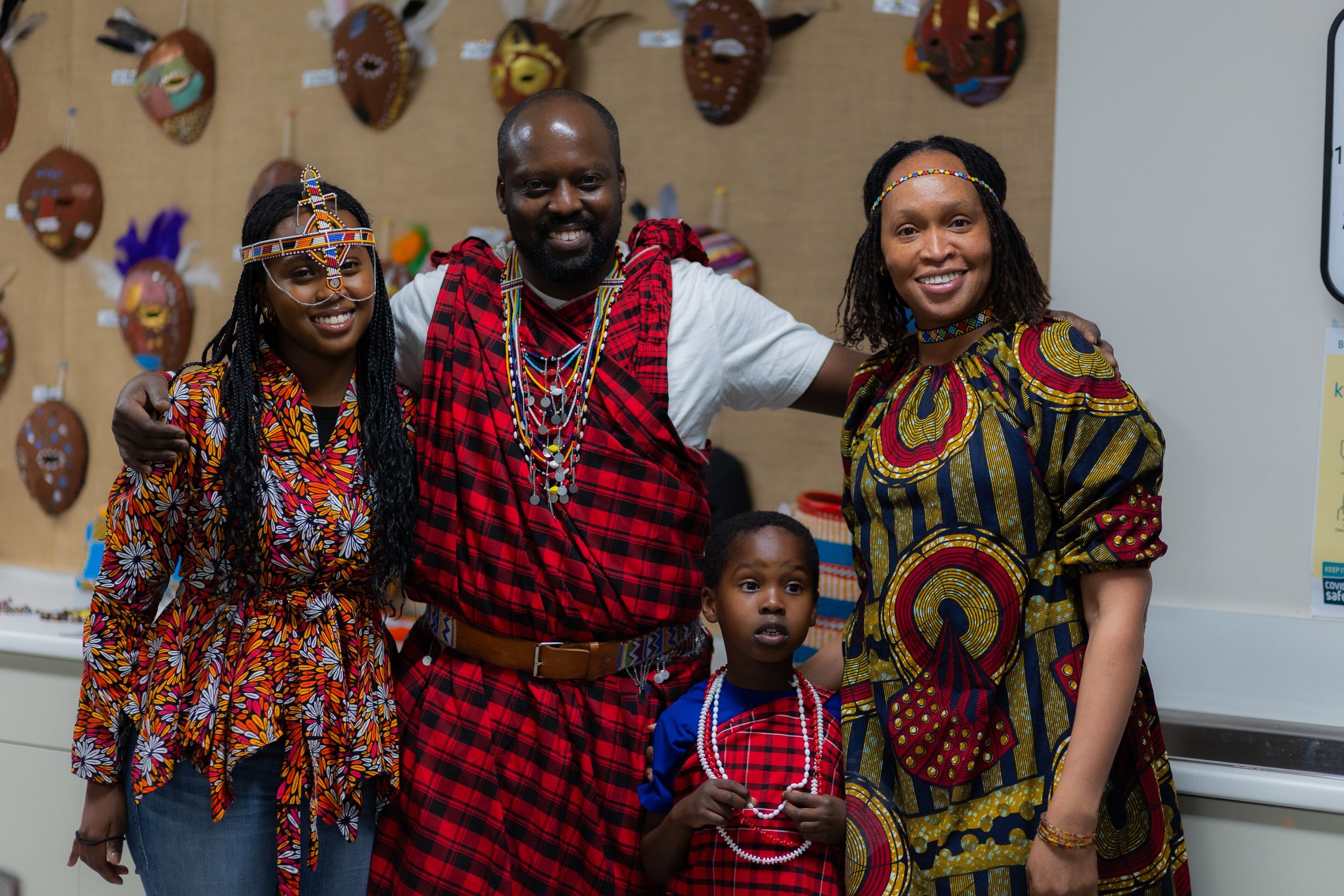No More Bowling Alone!
Listen to the Big Picture HERE.
On 27 September, we had the inaugural ECON 24. One of the greatest things of the night was seeing multitudes of our community coming together, of course the cuisines were a treat too. I regard our coming together as great, because humanity is going through an era increasingly characterised by isolation and disconnection. This is occurring whilst society is fully aware and appreciates that our societies are in a death spiral, due to diminishing social capital. In my role, this is an area I feel compelled to address because I believe community association and communal bonds are of vital importance in cultivating an environment conducive for learning and growth. In this article I will extensively draw form Robert Putnam’s seminal work Bowling Alone, to explore how our collective efforts, rather than individual strengths, are essential to building robust education institutions and thriving communities.
“It is not good for man to be alone”
It is my greatest conviction that great schools are not merely the product of strong individuals; they are built on the foundations of strong communities. Well, the reality is we were never created to be alone – it is not good for man to be alone (Genesis 2:18). We see the greatness of human endeavour when humanity came together. We have the ambitious project when man garnered to build the first skyscraper at Babel (Genesis 11). Of course beyond the collective power to accomplish, God promises blessing when people dwell together in unity (Psalms 133). Putnam (2000) posits that the decline of social capital – our network of relationships – has been detrimental to our institutions, schools included. His research indicates that the fabric of great society is woven from the threads of how individuals connect with one another. In Bowling Alone, he argues that as social capital declined over the years, evidenced by a decrease in community engagement, participation in civic organisation and even simple things like socialising in the carpark and volunteering - the fragmentation of society is inevitable, and the functionality of that society is shaped and determined. Such a lack of social capital has been correlated to observed societal disillusionment, social apathy, disengagement and stunted growth.
The evidence from Putnam’s research indicates that social networks foster mutual cooperation for mutual benefit, something that is crucial in educational settings. The implication here is when school staff and school community work collaboratively, students benefit from enriched learning experiences that exceed what any budget could provide. Epstein (2018) in a separate study observed that community partnership through volunteering, attending meetings, or basically engaging with their child’s education has a greater impact on student outcomes than increased financial resources.
On a personal level, research indicates that students whose parents are involved in their schooling perform better academically, show improved choice/decision making with regard to behaviour and present better social skills (Henderson & Mapp, 2002). What emerges from these findings is that it is not resourcing that is a key determining factor for outcomes but rather the depth of our connections and connecting.
Putnam’s findings still hold true today and it seems ‘bowling alone’ is a common trend. However, it is important for our school community to realise that ‘common’ is not ‘normal’. It is not normal to bowl alone! The irrefutable case that Putnam makes is that there is power in organising and creating communities. He posits that communities with higher social capital are better disposed to respond to challenges and in initiating positive change. We will materialise the vision of our organisation – being a transformational learning community – through effectively organising at all levels to harness the power of the collective. The power of the collective to mobilise resources, share expertise, and create a supportive network remains critical for school growth and enhanced footprint.
Our coming together or gathering is not something that happens naturally but rather an art that we must all hone. Gathering does not begin with hundreds, thousands, or millions, but with two or more who have a heart for revitalising and brainstorming on practical strategies for enhancing social connections in our community. As a school we have intentional gatherings which we believe are spaces for individuals to connect meaningfully and cultivate connections for a vibrant school. These gatherings have a dual function, namely the strengthening of our community and also model for our students the importance of cooperation and collaboration.
I feel as a community we must confront the challenge of dwindling social capital head on. We must join or we risk demise. We have to be intentional in our efforts. A visit to school should not be prompted by some mishap or a challenging behavior situation. We need to bowl together, prioritising service projects, progressive community conversations and sharing our goals and collective purpose. The future of our school rests on our ability to connect and collaborate. Great schools are not built on the strength of individuals but on the power of strong associations. Let us bowl together! No more bowling alone! For the sake of our children and community.
Lifeas Kapofu – Principal

